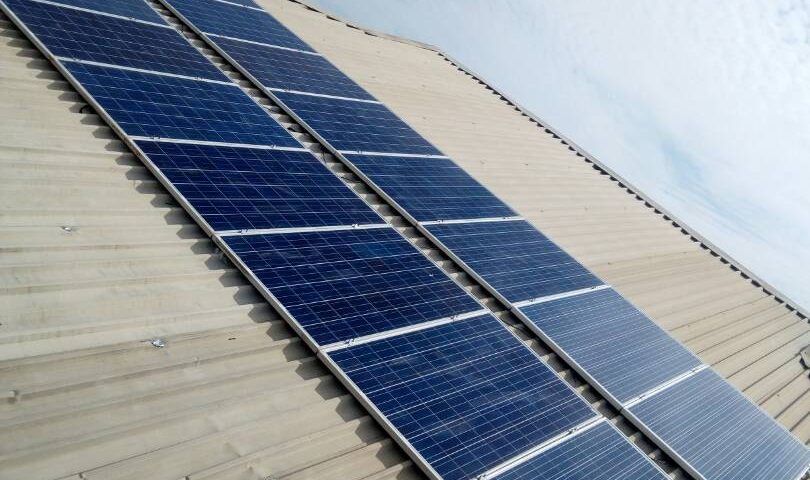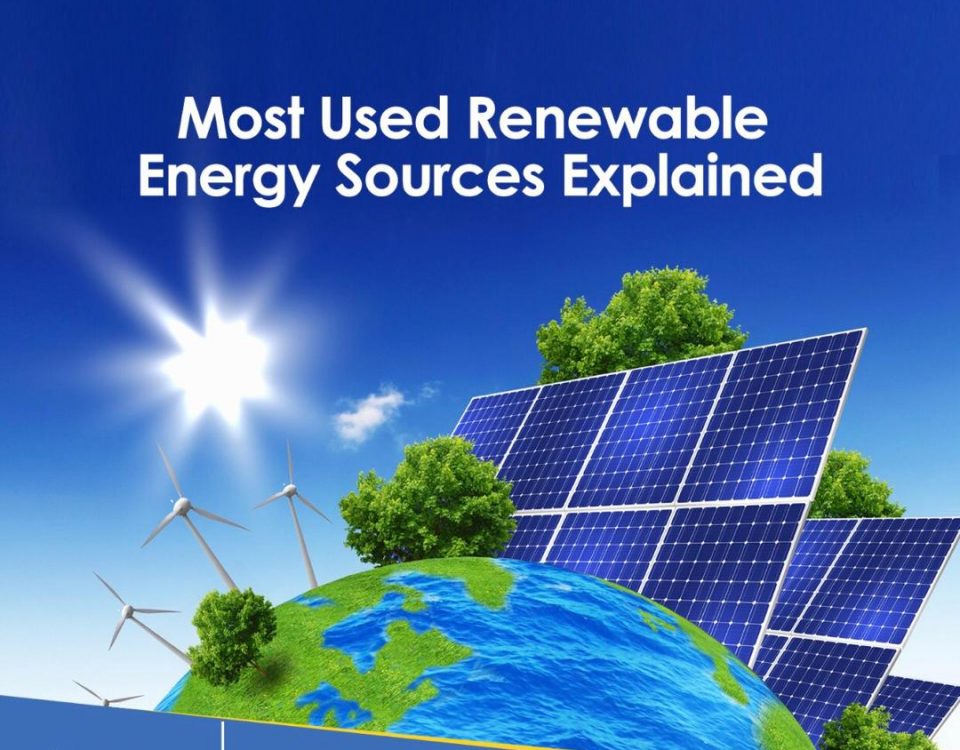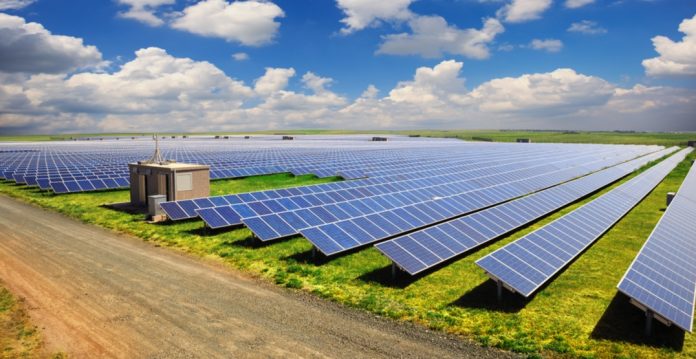How Nigeria Tends To Achieve Its Renewable Energy Target in 2020

Smart Nigerians Relate How They Survived Fuel Scarcity
2017-12-26Top Four Reasons Why Solar Projects In Nigeria Have Failed
2017-12-28Energy Experts are analyzing local data gotten from surveys and installations, and have come out to say that Nigeria is moving slowly but gradually to reaching its energy targets by 2020.
Thank you for reading this post, don't forget to subscribe!The development of renewable energy policy and the national action plan are key elements to the current electricity reform and Nigeria’s energy strategy
At year-end 2016, Nigeria had installed electricity capacity of 12.8GW of which 15.42% was large hydro, 0.5% small hydro and 84.1% fossil fuels. Only 7.5GW of the installed capacity is actually available; and from that base, around 4GW are technically available on average throughout the year. The government is currently trying to create an enabling environment which will lead to an increase of grid capacity.
With 1.4GW of utility-scale solar PPAs signed and targets for 8.1GW of small-scale solar, Nigeria is not lacking in solar ambition. Our discussions with a diverse range of start-ups and established players as part of the country’s first conference dedicated solely to solar energy indicate that the ambition will not translate into facts unless default risks and currency convertibility are overcome.
Nigeria intends to have a generating capacity of 30GW of power by 2030, of which 30% is expected to come from Renewable Energy(Solar Inclusive). This is the new official energy target for Nigeria, as specified in their new Nigeria Vision 30-30-30 energy target policy. Additionally by 2030, Nigeria plans to have 5.3GW of mini-grids and 2.8GW of solar home systems, up from 1MW and 30MW in 2015, respectively. Self-generation, usually in the form of diesel, currently meets 77% of the nation’s demand. The government wants to reduce this from 13.8GW to 5GW between 2015 and 2030.
The Nigerian government is establishing a financial/economic instrument framework that provides long-term, comprehensive and targeted support for renewable technologies.
The Federal Government through relevant Ministries, Departments, and Agencies will also be taking steps to identify barriers and address those issues that affect the timely deployment of established renewable technologies such as: the planning system and public acceptance; regulatory matters and supply chains; connection to the grid; and availability and sustainable use of all forms of renewable energy sources. The Government is taking positive steps to encourage off-grid electrification solutions across the country’s rural areas. And where grid connection is available, existing grids shall be retrofitted towards smarter grid systems. A smarter grid will enable the efficient use of networks, and greater renewable and distributed generation and as such the Government is looking into ways to accelerate the rollout of the smart grid.
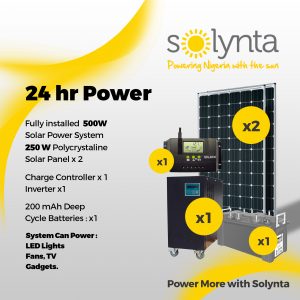
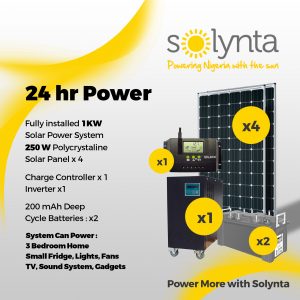
Onshore wind, Solar(PV, Solar Thermal, & CSP), bioenergy and small hydro are key renewable energy technology strands for development. Nigeria will work to develop these renewable energy sources for electricity generation and connection to the grid to support the Federal Government’s continuing commitment to being regional leaders in these technologies. These new generations of various renewable energy sources will play a key role in meeting our 2020 and 2030 targets and add value to domestic low carbon industrial development.

